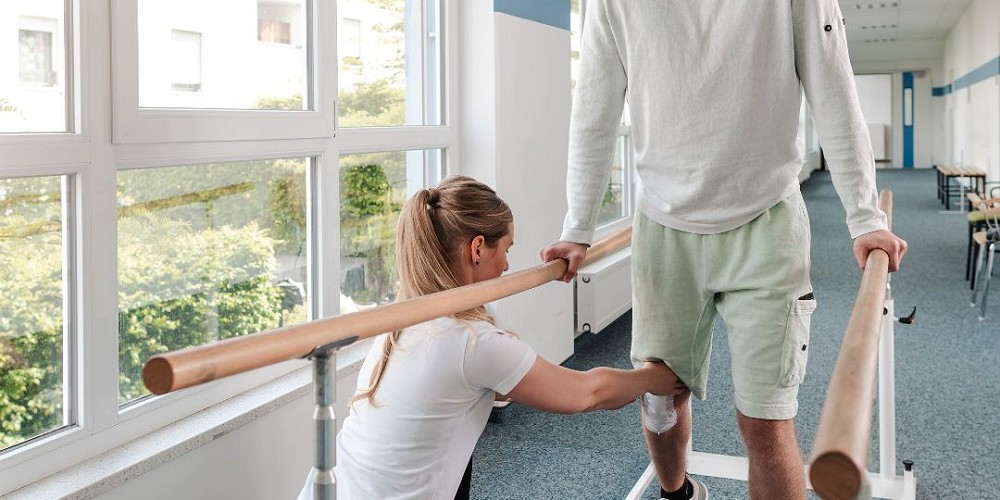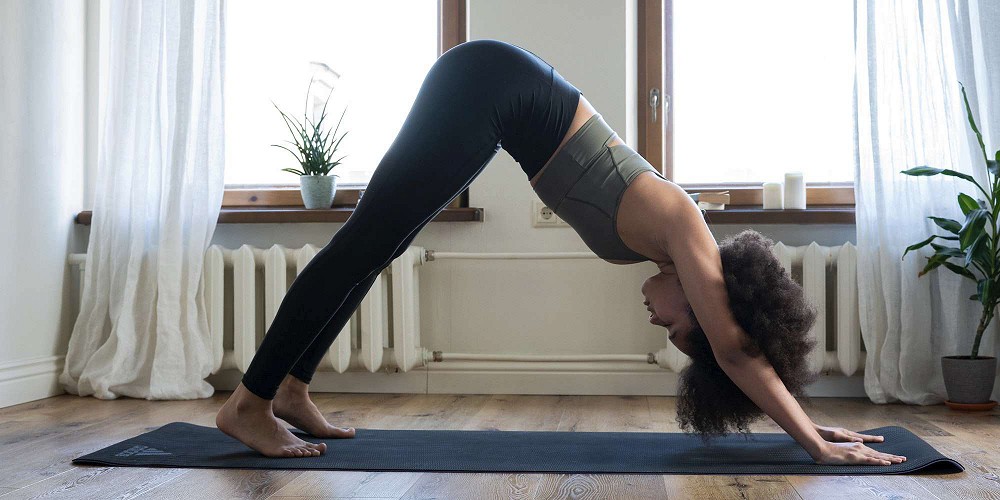Is Foam Rolling Worth It?
Article by Lindsay Laltoo
Do you start or finish your workout routine with a bit of foam rolling? Read here: this article may change your mind.

Time and time again you’ll see people finishing up a workout by rolling back and forth on a foam roller (often while grimacing in pain).
Although foam rolling is becoming quite popular, many people still don’t know what its benefits are, or how it’s supposed to work.
What is Foam Rolling?
Foam rolling is a form of self-myofascial release, or self-massage. It’s used to help release tight muscles and “trigger points”, knots that have formed in the muscles.
Some think this is accomplished through the use of deep compression that breaks up adhesions between muscle layers and their surroundings. Others believe that it’s more the neural input foam rolling provides which reduces muscle tension.
This means you don’t have to roll around in agonizing pain, as light to moderate pressure provides enough input to your nervous system to trigger muscle relaxation.
Does Foam Rolling Work?
Studies have shown that foam rolling and other forms of self-massage help to increase range of motion, which has been shown to reduce the risk of a muscle strain injury. As well, foam rolling reduces muscle soreness, and improves vascular function.
More important to athletes, research has also found foam rolling to reduce delayed onset muscle soreness that often occurs after strenuous exercise, and subsequent performance deficits – meaning foam rolling can help you perform better, even after you’ve worked your muscles hard.
This is partly due to foam rolling promoting better circulation to areas of poor blood flow, such as where muscle meets tendon in the body. This in turn promotes healing of tissue damaged by hard exercise.
Foam Rolling is Only One Part of Rehab and Recovery
Don’t think that all you need is a foam roller to recover from exercise and injuries! It’s not just important to release structures that are tight – you must also address the issues that led to those structures getting tight in the first place.
For instance, the iliotibial band (IT band) runs from the outer hip to the knee, and is often the focus of foam rolling. It gets tight when a small muscle at the hip called the Tensor Fascia Latae (TFL), which attaches to the IT Band, gets overused and shortens. This usually happens when the powerful gluteal muscles on the side of the hip are weak and don’t do their job of stabilizing the hip.
So it doesn’t matter how much you foam roll your IT band – until you strengthen your gluteal muscles, TFL will still be forced to overwork, causing your IT band to be tight!
If you have chronically tight areas, visit a physiotherapist, who will help identify what areas you need to work on to bring balance to your body.
How to Properly Use a Foam Roller
- When using a foam roller, apply moderate pressure to the target muscle with your bodyweight.
- Roll slowly, and when you find painful or tight areas, pause for several seconds.
- Try to relax, and slowly you should feel the muscle releasing in 5-30 seconds.
- If a muscle is too painful to foam roll directly, try rolling a nearby spot to loosen the entire area.
There’s no reason to be a masochist; more pain does not mean you’ll get better results. You can also use other objects besides a foam roller to perform self-massage, such as a tennis or lacrosse ball on the lower back.
References
- Fredericson, M., Cookingham, C., Chaudhari, A., Dowdell, B., Oestreicher, N., & Sahrmann, S. (2000). Hip abductor weakness in distance runners with iliotibial band syndrome. Clinical Journal of Sport Medicine, 10(3), 169-175.
- Macdonald, G., Button, D., Drinkwater, E. & Behm, D. (2014). Foam rolling as a recovery tool after an intense bout of physical activity. Med Sci Sports Exerc, 46(1), 131-142.
- Vigotsky, A., Lehman, G., Contreras, B., Beardsley, C., Chung, B. & Feser, E. (2015). Acute effects of anterior thigh foam rolling on hip angle, knee angle, and rectus femoris length in the modified Thomas test. Peer J 3:e1281 https://doi.org/10.7717/peerj.1281
- Kuhland, J. What Is a Foam Roller, How Do I Use It, and Why Does It Hurt? Retrieved December 6, 2015 from breakingmuscle.com
You May Also Like...
-
 ArticleView Post
ArticleView PostInjury 101: Types, Treatments, and How to Bounce Back
Not all injuries are the same. Knowing the type of injury you have can not only help with the physical recovery process but also set realistic expectations for your healing journey.
-
 ArticleView Post
ArticleView PostPelvic Floor Dysfunction, Assessment, & Treatment
Pelvic floor physio is a popular treatment with more than a few misconceptions. For example, it's much more than just kegel exercises!
-
 ArticleView Post
ArticleView PostPhysiotherapy for Temporomandibular Disorders (TMD)
Do you clench your jaw, grind your teeth or bite your nails? Does this lead to clicking, cracking, locking or pain in your jaw? Physiotherapy may be able to help!